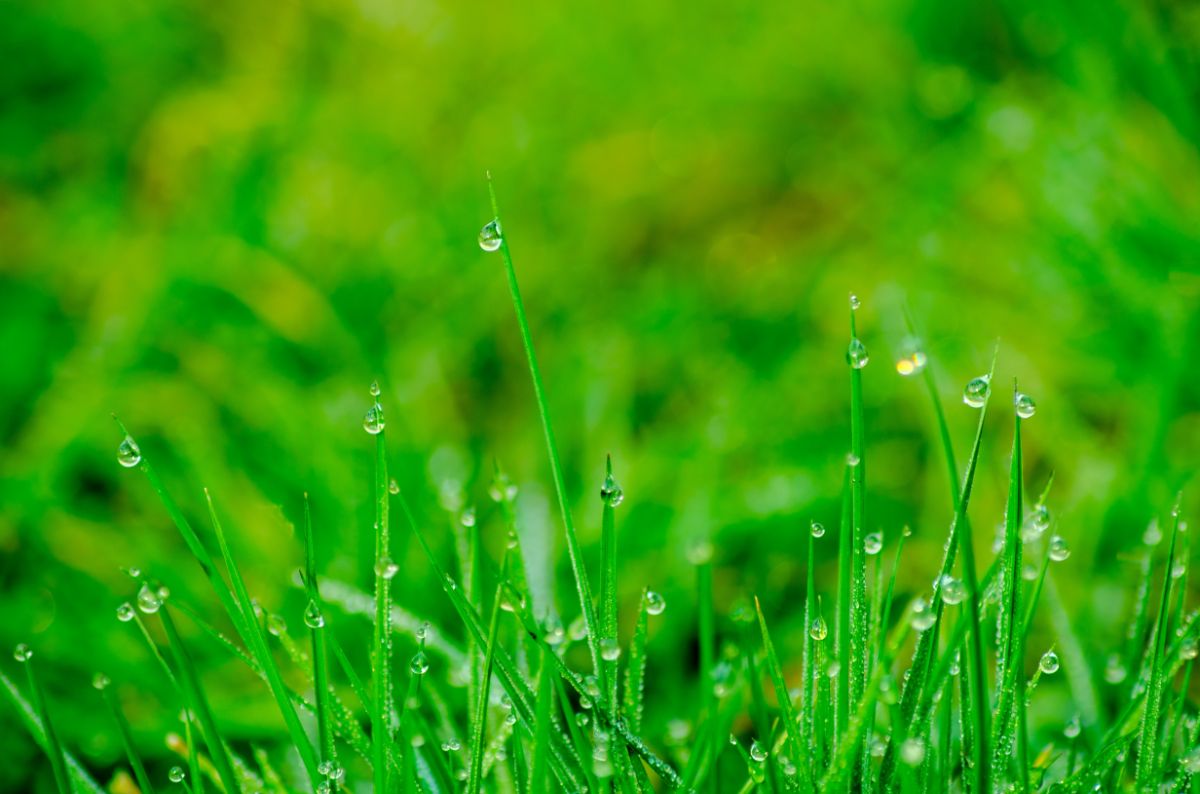
It’s early spring in Philadelphia, PA and your lawn is just waking up. That yellowish, brownish tinge is starting to turn a fresh, wonderful, and hopeful shade of green. What are the next steps? And what can you do to give your lawn a head-start this spring? Aside from getting back into your mowing routine, here are some helpful tips to keep in mind as a spring lawn care checklist.
1. Rake and Remove all leaves, sticks, and debris. Also, lightly “de-thatch” your lawn with a lawn rake; this will help to remove some of the thatch and allow the grass to “breathe” more.
2. Aerate. Aerating a lawn reduces compaction and allows the free movement of air, water, roots, and living organisms–all key components of a healthy soil ecosystem. We tend to think of soil as a solid substance, dirt, but it is more than just that. A good loam soil is comprised of 40 to 60 percent pore space–air and water.
3. Repair any bare spots by spreading compost or topsoil, and over-seeding with a high-quality grass seed. Making these repairs sooner rather than later will allow you to take advantage of the favorable spring weather. Keep in mind that come summer, it will be nearly impossible to get grass seed to germinate.
4. Repair automatic sprinkler systems. Spring is an ideal time to carefully check all of your irrigation zones, and make any necessary repairs or adjustments. Change the battery on your irrigation clocks–this should be done once per year–and replace any broken lines or broken sprinkler heads. Set your clock, but don’t “set it and forget it.” Your irrigation system will likely need to be adjusted once the summer weather hits.
5. Begin your fertilization program. In Philadelphia, April is a good month to begin fertilizing your lawn. I like to use a slow-release, organic fertilizer so that my lawn is fed over time, and throughout the course of the season, rather than all at once. Look for a fertilizer with a high percentage of “water-insoluble” nitrogen. This will also reduce pollution from runoff, and is better for the environment.
6. Get a soil test. Check with your local cooperative extension service for soil testing. It’s easy and relatively cheap to get a good sense of what your soil needs. A soil test is a great basis for understanding how much, and what type of fertilizer will benefit your lawn most.
7. Sharpen your mower. Keeping a sharp mower blade is essential to creating a clean cut, and sharpening should be done at least once a year.
8. Bag your clippings after your first mowing, and mow it slightly lower than you normally would. Even if you usually mulch your lawn clippings and leave them on your lawn, you should bag them the first time that you mow after winter. This gets rid of any fungi or diseases that may have overwintered on your grass. After this, you can go back to your normal mowing program.
Have questions about your lawn? Visit our Philadelphia lawn care page for more info!
Main photo credit: Achim Bongard / Pexels